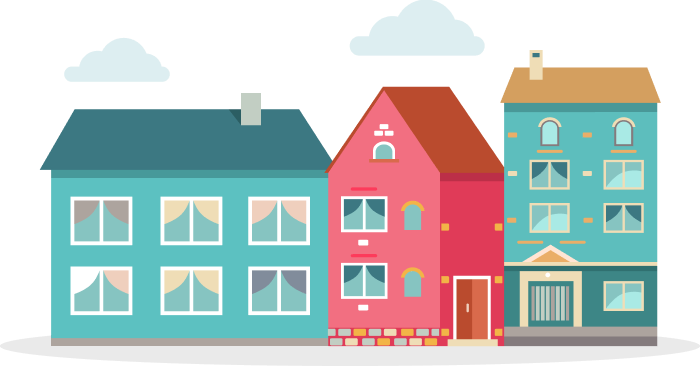Norfolk
We did the research. Find a place to call home.
B+
Quality of Life Score
Norfolk Information
227,674
Total Population
32%
Married Persons
46%
Single Persons

6.5/10
City Rating
City ratings are often based on a variety of factors including quality of life, economic opportunities, safety, education, and more. A rating of 7 or higher might suggest a city with a relatively high quality of life and desirable living conditions. A rating below 5 might indicate challenges or lower overall satisfaction.
6.5/10
Overall Value
This is a broader rating that takes into account multiple factors affecting the overall appeal of a city. Ratings above 7 might indicate a highly attractive city, while those below 5 might suggest areas for improvement.
10/10
Density (Population per mile²)
City density refers to the concentration of people living within a city's geographic area. It is typically expressed as the number of residents per square mile or square kilometer. Higher density indicates that more people live in a given area, leading to potentially busier streets, more crowded living conditions, and increased access to amenities and services.
1800
Norfolk
260,000
Reno
City Info
Norfolk, Virginia, is a mid-sized city with an estimated population of about 227,674 in 2025, making it the 10th largest county in Virginia. The city has experienced a population decline of about 6.3% since 2010 and continues to see a slight annual decrease. Norfolk is racially diverse, with approximately 44% White, 39% Black or African American, and nearly 11% Hispanic residents. The median age is relatively young at 32.4 years. The city has a median household income around $64,000, with about 12.6% of families living below the poverty line. Norfolk offers a mix of urban amenities, historic neighborhoods, and waterfront access, but faces challenges related to economic development and population retention.
Residence
45% (Homes Rented)

50 Years
Median Home Age
$250,000
Median Home Price
3%
Home Aappreciation Rate
1.3%
Annual Property Tax
Weather
60%
Sun
30%
Rain
10%
snow
Residence
Norfolk features a mix of older and historic homes with moderate median prices and steady appreciation. The city has moderate air quality and a temperate climate with mild winters. Homeownership is balanced with a significant rental market, reflecting a diverse and transient population.
Community
7
Crime Rate (per 100,000)
Democratic
Political Majority
33
Average Age
Community
Norfolk is a diverse and youthful community with a strong African American presence and growing Hispanic population. The city has a moderate crime rate and a vibrant cultural scene. Civic engagement is active, though economic challenges contribute to some social issues. The community values its maritime heritage and urban character.
Locale

Occupation
28%
Management, Business, Art & Sciences
22%
Sales & Office Occupations
20%
Service Occupations
15%
Production, Transportation & Material Moving
10%
Natural Resources, Construction & Maintenance
Education
1:12
Student Teacher Ratio
30%
High School Diploma
30%
Some College or Associates Degree
10%
Bachelors Degree
15%
Graduate or Professional Degree
Locale
Norfolk offers urban living with access to waterfront parks, cultural institutions, and a growing business sector. The city is known for its naval base and maritime economy. Education and job opportunities are improving, but population decline and poverty remain challenges.
Transit
25%
Public Transportation
65%
Car
10%
Carpool
5%
Work At Home
Transit
Norfolk has a moderate public transit system with buses and light rail options. Commute times are close to national averages. The city supports multiple transportation modes, though many residents rely on cars. Efforts to improve transit and reduce congestion are ongoing.


